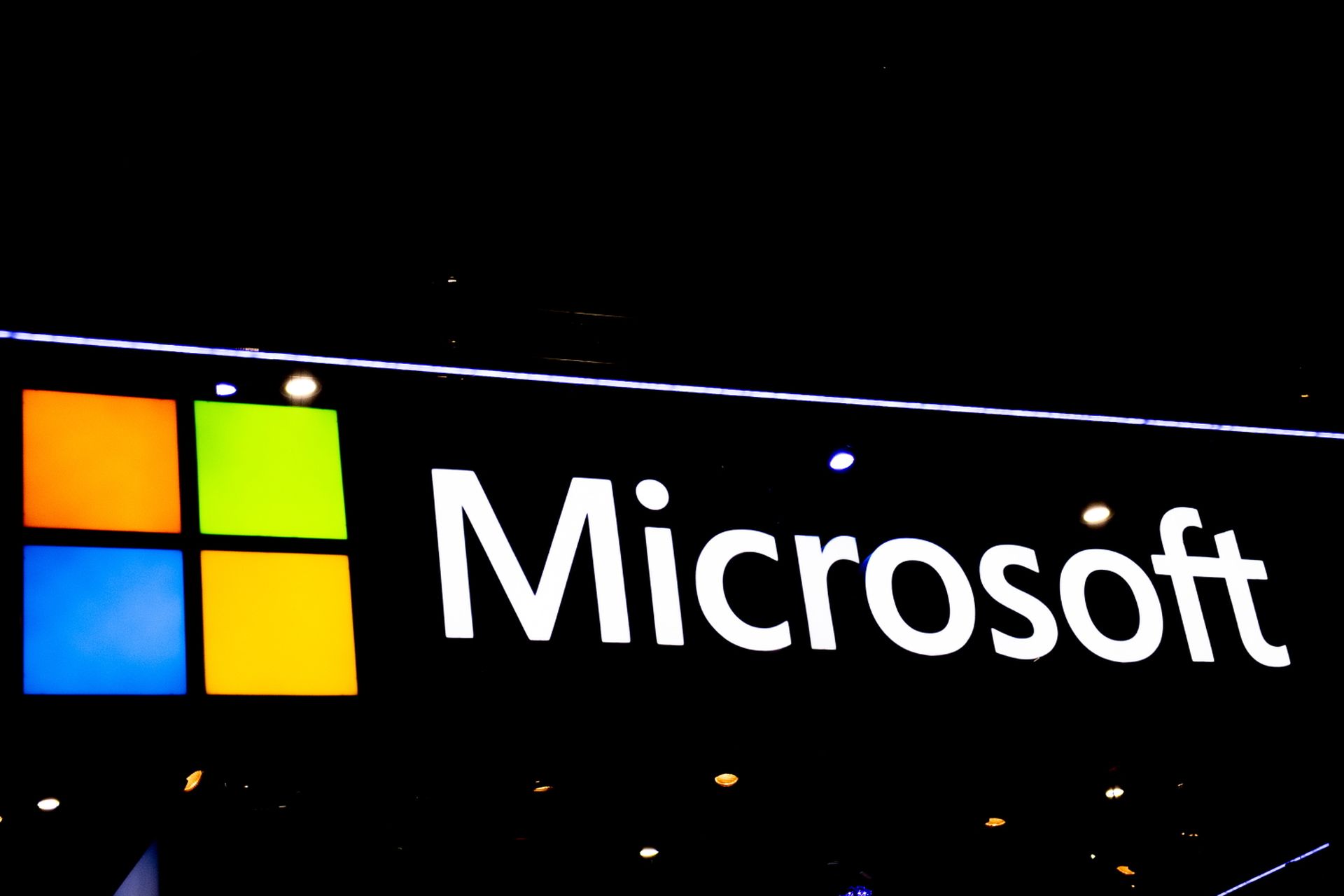
At its Ignite conference on Wednesday, Microsoft introduced new features to Microsoft Defender for Cloud that aims to help security teams more effectively manage multi-cloud environments.
Tops on the list this year were Defender for DevOps and Defender Cloud Security Posture Management (CSPM).
Defender for DevOps promises to give security teams insights across multi-pipeline environments in a central console, integrating with leading platforms such as GitHub and Azure DevOps. The CSPM tool builds on existing posture management features in Defender for Cloud to help security teams prioritize and proactively remediate attacks in a multi-cloud environment.
While cloud service providers offer posture management solutions leveraging their unique capabilities to monitor the apps running in their clouds, Microsoft has made an effort to offer a solution — Microsoft Defender — that supports multiple cloud environments in addition to Azure, as if it were a third-party vendor, explained Melinda Marks, a senior analyst at The Enterprise Strategy Group.
“This helps security teams support developers who may be working in different cloud environments, giving them a unified way to incorporate security into their workflows, while giving security visibility and control to manage risk," Marks said.
The different needs and priorities of application developers, CISOs, and cloud security architects can result in a disconnect between the development, security and cloud operations teams, said Frank Dickson, who covers security and trust at IDC. App developers want to validate open source dependencies and code and integrate security and tools into the IDE and CI/CD pipeline without impact velocity. CISOs aim to validate vulnerability exposure at deployment and production, verify baseline integrity, and prioritize and alert based on severity. Cloud security architects look to control configurations and set cloud policies and ensure the ability to collect compliance data.
Dickson said this means organizations often buy multiple cloud security offerings that do approximately similar tasks, yet the cloud security tools are optimized for different use cases.
“Microsoft is looking to create a solution with its Defender for Cloud to satisfy all three personas and do so in a way that addresses the multi-cloud complexity of organizations that have workloads spread across the three major IaaS providers: Amazon Web Services , Microsoft Azure, and Google Cloud Platform (GCP),” Dickson said.



